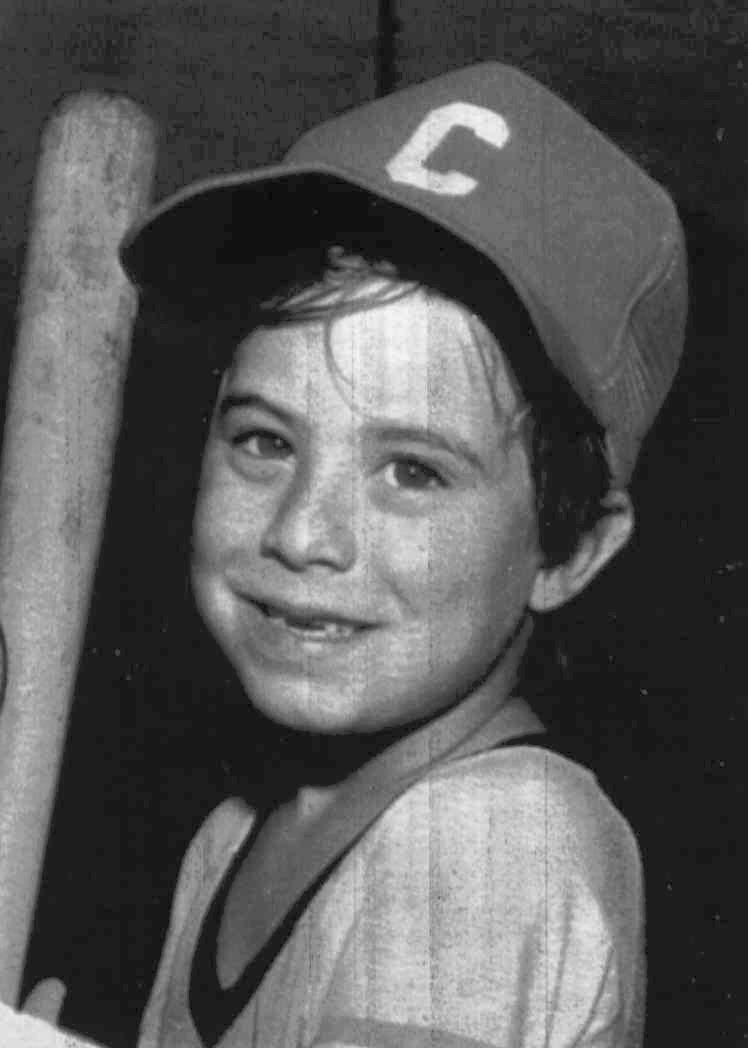
On July 27, 1981, 6-year-old Adam Walsh went to a Sears in a Hollywood, Fla., mall with his mother. As she browsed, he played video games a few aisles away. When she returned, he was gone.
The store clerk called out his name on the sound system, no answer. The police were called. A helicopter and ground search ensued. Yet after four days, the estimated two dozen police officers assigned to the case had “hit a wall,” according to a book on the case Bringing Adam Home. Adam’s parents, John Walsh and Reve Walsh, went on Good Morning America to appeal for help.
Sixteen days after he went missing—on Aug. 10, 1981, precisely 35 years ago Wednesday—two fisherman found Adam’s severed head floating in a canal off the Florida turnpike. The discovery would have reverberations that would change the way the United States dealt with crimes against children, for better or for worse.
The tragedy came just two years after another 6-year-old Etan Patz disappeared while walking to his school bus stop, and soon Adam became the new—and literal—poster child for a movement to stop of “child-snatchers,” which had already existed during the 1970s, according to Joel Best, a professor of sociology and criminal justice at the University of Delaware and author of Threatened Children: Rhetoric and Concern About Child Victims. Those activists had largely been concerned about children who were taken by a family member in a custody dispute or about children who run away from home, but they were frustrated by police departments’ sluggish response to cases.
“Some had 72-hour waiting period before they’d do anything,” he says, “and if you notified your police department, they didn’t necessarily notify the one next door or have a coordinated search going.”
Adam Walsh’s much-publicized murder was the catalyst for change as law enforcement learned how to deal with missing children.
Adam’s parents started the Adam Walsh Outreach Center for Missing Children, just four days after their son’s funeral. They lobbied for the Missing Children’s Act, which, enacted in 1982, required entry of missing children data into the FBI’s National Crime Information Center database (NCIC). In 1984, John Walsh would co-found the federally-funded National Center for Missing & Exploited Children, and four years later, he started hosting America’s Most Wanted. In 1994, big box retailers like Walmart began implementing “Code Adam,” the measure that mobilizes all store clerks when a child is reported missing. And in 2006, George W. Bush signed The Adam Walsh Child Protection and Safety Act of 2006, which expanded the national sex-offenders registry and created a national child-abuse registry.
Get your history fix in one place: sign up for the weekly TIME History newsletter
While the FBI would credit America’s Most Wanted for helping nab at least 17 of the agency’s “10 Most Wanted” fugitives, John Walsh had to wait 27 years for the Hollywood Police Department to both admit that drifter and serial killer Ottis E. Toole abducted and murdered his son and “apologize for investigative mistakes that transpired during the early years of this investigation,” as police chief Chad Wagner said in a news conference. As reported on Nov. 14, 1983, Toole had first confessed to the killing in October of 1983 but, as the department’s police chief told TIME in the mid-’90s, Toole and his accomplice Henry Lee Lucas were “notorious” for “confessing to crimes they didn’t commit.” Toole would end up dying in prison in 1996 while serving five life sentences for other crimes.
At the same time, however, the mobilization to find Adam Walsh created a massive alarm about stranger abduction that, some experts say, distracted from the clear reality that most threats to children come from their family and close social network.
During the panic in the mid-1980s, for instance, it was widely reported that 1.5 million children were reported missing each year and 50,000 child abductions by strangers occurred each year — estimates that were inflated because they tended to include data on kids like runaway children or family members who had taken children in custody disputes. But the FBI only investigated 67 cases of children kidnapped by strangers in 1984.
“The truth is, stranger abductions are rare,” says James Alan Fox, a criminologist at Northeastern University, citing a 2014 FBI report noting that 332 went missing in 2014. Research by David Finkelhor, Director of the Crimes against Children Research Center at the University of New Hampshire, finds that in fact the number of missing children being killed has been declining for the past 15 to 20 years.
“My guess is that this is due to cell phones and the changing nature of youth recreation and risk-taking,” Finkelhor tells TIME in an email. Cell phones have helped police track victims using GPS, while victims have been able to use the devices to call or text for help.
“[The Adam Walsh case] created a nation of petrified kids and paranoid parents,” says Richard Moran, criminologist at Mount Holyoke College. “Kids used to be able to go out and organize a stickball game, and now all playdates and the social lives of children are arranged and controlled by the parents.”
Even despite the decline in actual abductions, Moran says, “the fear still lingers today.”
More Must-Reads from TIME
- Why Biden Dropped Out
- Ukraine’s Plan to Survive Trump
- The Rise of a New Kind of Parenting Guru
- The Chaos and Commotion of the RNC in Photos
- Why We All Have a Stake in Twisters’ Success
- 8 Eating Habits That Actually Improve Your Sleep
- Welcome to the Noah Lyles Olympics
- Get Our Paris Olympics Newsletter in Your Inbox
Write to Olivia B. Waxman at olivia.waxman@time.com